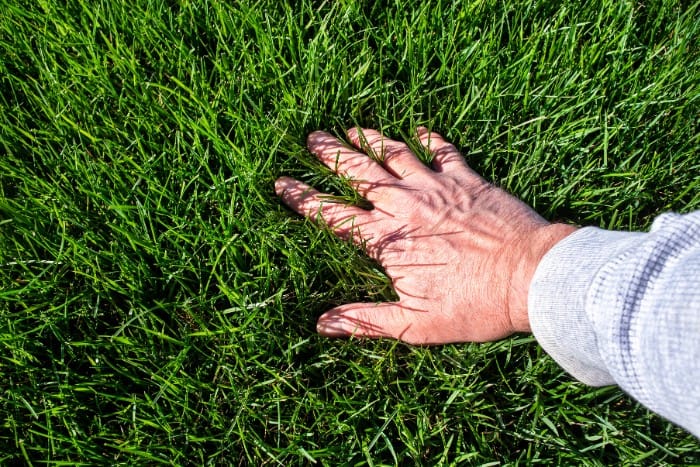A lush, vibrant lawn is a pleasing aesthetic feature for any home and a vital part of your property’s ecosystem. Achieving and maintaining such a lawn requires a comprehensive approach encompassing proper soil management, regular watering, and the strategic use of fertilizers. Here, we’ll explore proven strategies that enhance lawn growth and vitality.
Understanding Your Lawn’s Needs

Every healthy lawn starts with understanding its basic needs. The type of grass you have, your climate, and the soil type are all crucial factors in determining your lawn care strategy. For instance, grass types like Bermuda or St Augustine each have specific nutrient and sunlight requirements.
Soil Management: The Foundation of Lawn Health

Healthy soil is the backbone of a healthy lawn. A soil test can provide valuable information about nutrient content, pH level, and composition. This test will guide you on what fertilizers or amendments are needed to balance your soil for optimal grass growth.
- Aerating your lawn helps relieve soil compaction, allowing oxygen, water, and nutrients to penetrate deeper into the soil.
- Dethatching removes the layer of dead turfgrass tissue known as thatch, which, if too thick, can prevent moisture, oxygen, and nutrients from reaching the soil.
Watering Wisely

Water management is pivotal in lawn care. Over-watering can lead to shallow root systems while under-watering can stress the grass. The key is to water deeply but infrequently, encouraging the roots to grow deeper and making the lawn more drought-resistant.
- Best Practices: It’s generally best to water your lawn early in the morning to reduce evaporation and fungal growth. Aim for about one inch of water per week, either from rainfall or irrigation, adjusting based on temperature and humidity.
The Right Fertilization Approach

Fertilizers are vital for supplying the necessary nutrients your lawn might lack. However, the improper use of fertilizers can lead to rapid but weak growth, increased vulnerability to pests and diseases, and potential runoff issues that can affect local waterways.
- Choosing Fertilizers: Based on the soil test results, opt for a fertilizer that matches your soil’s needs. Slow-release or controlled-release fertilizers provide a steady supply of nutrients without the risk of burn or excessive growth spurts.
Regular Maintenance and Pest Control

Regular mowing keeps the lawn healthy and dense, deterring weeds and pests. Keep your mower blades sharp and only cut about one-third of the grass blade at a time to avoid stressing the grass.
- Integrated Pest Management: Employ strategies like proper mowing, watering, and fertilizing, which naturally reduce pest problems. When pest control is necessary, consider eco-friendly options and targeted applications to minimize environmental impact.
Seasonal Lawn Care

Adjust your lawn care practices with the changing seasons:
- Spring: This is a good time for heavy maintenance tasks like aeration and dethatching. Start regular mowing and apply pre-emergent herbicides to prevent weed growth.
- Summer: Focus on watering correctly and raise your mower’s cutting height to reduce stress on the grass during hot weather.
- Fall: Apply fertilizers to help the lawn recover from the summer stress and prepare for the winter. This is also an ideal time for seeding and overseeding to ensure lush growth.
Maintaining a healthy lawn involves a combination of science, diligence, and timing. Understanding and implementing these proven lawn care strategies ensures your lawn remains robust and vibrant throughout the year. For more personalized advice and professional services, consider contacting experts like Broken Arrow Pest Control, who offer tailored lawn care services to meet your specific lawn health needs.
Implementing these comprehensive care strategies will enhance the beauty and health of your lawn and increase the overall value of your property by providing a well-maintained outdoor space.

